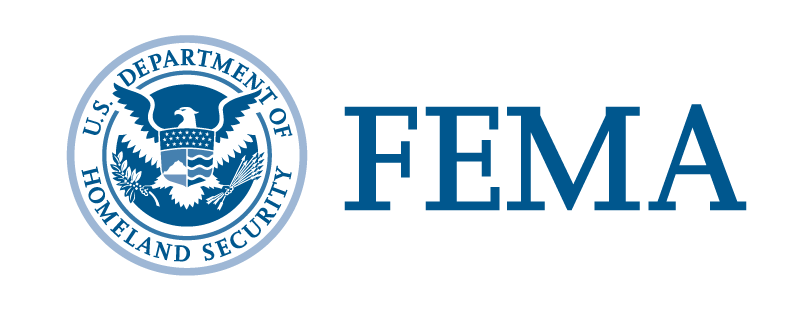Life of a PA Grant
Declaration Process
Roles and Responsibilities
Eligibility
Project Timelines
Cost-share
Special Considerations
FEMA’s Public Assistance Program provides supplemental grants to state, tribal, territorial, and local governments, and certain types of private non-profits so that communities can quickly respond to and recover from major disasters or emergencies. FEMA also encourages protection of these damaged facilities from future events by providing assistance for hazard mitigation measures during the recovery process. More detailed information can also be located in the FEMA Public Assistance Program and Policy Guide.
The Life of a PA Grant
Public Assistance follows FEMA's common set of phases known as the Grants Management Life Cycle:

Pre-Award: Applicants work with the Recipient and FEMA to develop the award package for a grant.

Award: FEMA approves the award package and allocates funding.

Post-Award: Funds are released to the Recipients who must maintain, monitor, and report upon.

Closeout: FEMA administers performance evaluation, financial and appeal reconciliation, final reporting activities, appeal resolution and debt actions.

Post-Closeout: As necessary, FEMA performs debt collection actions, audit, and other adjustments may continue after grant closeout.
Declaration Process
Public Assistance begins with the Declaration Process when an area has received a Presidential declaration of an emergency or major disaster. Applicants will coordinate with the Recipient and FEMA to complete their award package during the Pre-Award phase of the grant lifecycle.
Roles and Responsibilities
Multiple layers of government work in partnership to administer Public Assistance once a disaster has been declared. Each entity must work together to meet the overall objective of a quick, efficient, and effective program delivery.
FEMA's primary responsibilities are to determine the amount of funding, participate in educating the applicant on specific program issues and procedures, assist the applicant with the development of projects, and review the projects for compliance.

FEMA: The federal awarding agency authorized to manage the program.

Recipients: The State, Territorial, or Tribal government that receives funding under the disaster declaration and disburses funding to approved subrecipients.

Applicants: Entities submitting a request for assistance under the recipient's federal award.

Subrecipients: Applicants who have received a subaward from the Recipient and is then bound by the conditions of the award and subaward.
Eligibility for Public Assistance Grant Funding
The four basic components of eligibility are applicant, facility, work, and cost.

An Applicant must be a state, territory, tribe, local government, private nonprofit organization.

A Facility must be a building, public works, system, equipment, or natural feature.

Work is categorized as either Emergency or Permanent. It must be required as a result of the declared incident, located within the designated disaster area, and the legal responsibility of the Applicant.

Cost is the funding tied directly to eligible work, and must be adequately documented, authorized, necessary and reasonable. Eligible costs include labor, equipment, materials, contract work, as well as direct and indirect administrative costs.
Eligible Types of Work
Emergency Work - Must Be Completed Within Six Months
- Category A: Debris removal
- Category B: Emergency protective measures
Permanent Work - Must Be Completed Within 18 Months
- Category C: Roads and bridges
- Category D: Water control facilities
- Category E: Public buildings and contents
- Category F: Public utilities
- Category G: Parks, recreational, and other facilities
Project Timelines
Projects must be completed within the Regulatory deadlines. Applicants may submit a request in writing to the Recipient for consideration of a time extension.
Cost-share
The federal share of assistance is not less than 75 percent of the eligible cost. The Recipient determines how the non-federal share (up to 25 percent) is split with the sub-recipients (i.e. eligible applicants).
Special Considerations
Applicants may not duplicate benefits with insurance and must comply with Environmental, Historic Preservation, and Floodplain Management laws as part of the eligibility conditions. Procurement standards in the use of contracts for acquiring disaster-related goods and services must meet certain guidelines in order to receive funding.
For more information, refer to the FEMA Public Assistance Program and Policy Guide.

